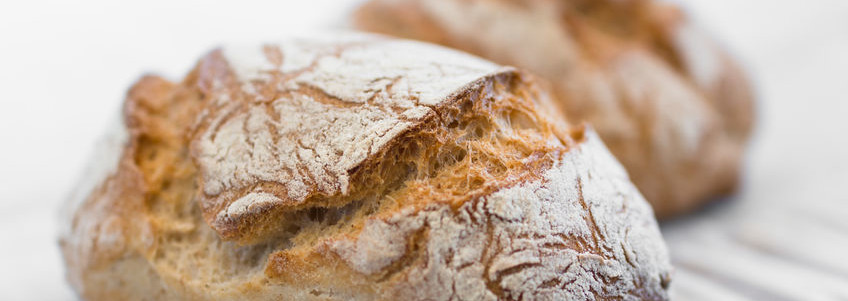
Currently, there is no absolute definition for clean label. Instead, the concept implies several aspects, such as:
- Reduction/elimination artificial flavors and colors, fats, added sugars and preservatives
- Elimination of genetically modified ingredients
- Use of natural, organic and minimally processed ingredients from sustainable sources
- Use of nutrient enriching ingredients, whole grains, pseudocereals and ancient wheats
- Use of plant-based ingredients instead of animal-based
- Brand and label transparency and honesty
The clean label scenario requires bakers to go back to the basics: using innovative and different formulation and processing approaches.
Once bakers determine what their customers are looking for in clean label bakery products, they can start making all the necessary adjustments to deliver a clean label product that can satisfy the customer’s needs and expectations.
Clean label formulations vs traditional
Formulating a clean label bread requires a thorough understanding of the ingredients used and how these affect the product.
Clean label ingredients are required to meet or exceed the comparable functionality of traditional synthetic/artificial ingredients. Here, enzymes, sweeteners such as honey, starches, organic acids, gums, lecithin, milk, eggs, yeast, play a key role in creating a product of consistent quality and optimum shelf-life.
Clean label processing vs traditional
Clean label processing differs quite a bit from those high-speed conventional bread making methods. Without the usual processing aids, functional additives and chemical mold-inhibitors, bakers must consider aspects such as:
- Long fermentations
- Pre-ferments
- Sourdough systems
- Stress-free makeup equipment
- Longer bake times/lower oven temperatures
- Hygienic equipment design
- Different cleaning and sanitizing approaches (e.g. UV sanitation on cooler surfaces)
- Use of air conditioning/filtration systems to encourage a mold-free environment in packaging and cooling areas
Profiling for clean label reformulation
Changing your formula isn’t enough to bake a quality clean label good. You’ll need to make sure consumers get the same quality and shelf life they’ve come to expect from your product lines. Running a thermal profile for a clean label bread can become a very powerful tool for quality assurance and shelf-life extension of the baked goods.
The production of a clean label bread usually implies the baking of heavier (richer) doughs that require different oven settings such as longer baking times and lower oven temperatures that change the normal thermal profile of the product. And, whereas the deactivation temperature of the majority of functional enzymes equals that of yeast, reformulating with enzymes is not a 1:1 proposition. Thermal profiling helps manage the narrower process window to perfect the recipe.
Making sure that the dough is baking properly is key given the formulation changes and processing conditions that a clean label bread requires. Aspects such as higher absorption levels, use of starches with different gelatinization points, higher levels of protein, absence of mold-all affect the kinetics of crumb set and how long it takes to fully bake the formulation used. By running a thermal profile, you can pinpoint these aspects and optimize your product.
Succeed in the clean label trend! Learn more about thermal profiling equipment and how it can help you bake better products!

